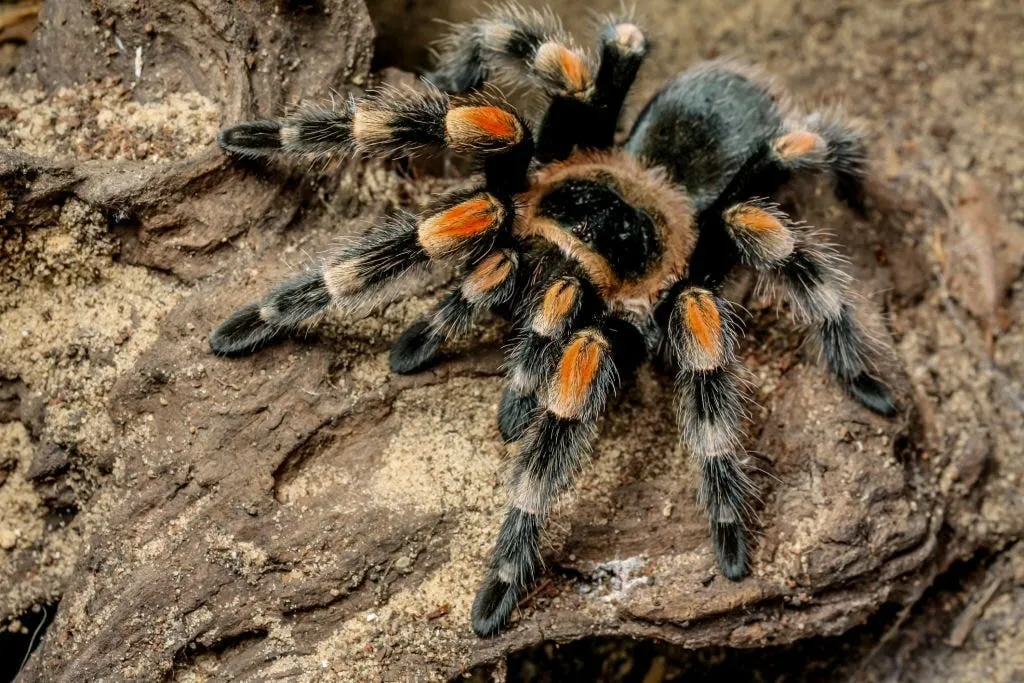Embarking on the journey of tarantula ownership can be an incredibly rewarding experience. These fascinating creatures are relatively low-maintenance pets, making them an excellent choice for beginners. This comprehensive guide will walk you through the essential aspects of tarantula care, helping you provide a safe, comfortable, and enriching environment for your new eight-legged friend. From choosing the right species to understanding their unique needs, you’ll gain the knowledge and confidence to become a responsible and happy tarantula owner. Get ready to delve into the captivating world of tarantulas and discover the joys of caring for these amazing arachnids.
Choosing Your First Tarantula
Selecting the right tarantula species is the first and most crucial step. Some species are better suited for beginners than others, due to their temperament, care requirements, and overall hardiness. Researching and choosing the right species will set you up for success and enjoyment as a tarantula owner. Consider factors like size, lifespan, and the tarantula’s natural habitat when making your decision. It’s recommended to start with a docile species and avoid those known for defensive behaviors, especially if you’re new to the hobby. Always buy from reputable breeders or pet stores to ensure the tarantula is healthy and properly identified.
Species Selection for Beginners
Several tarantula species are well-regarded for their beginner-friendly nature. The Chilean Rose Hair (Grammostola rosea) is a popular choice, known for its docile temperament and relatively easy care requirements. The Pinktoe Tarantula (Avicularia avicularia) is another good option, known for its arboreal lifestyle and beautiful coloration, but may require more humidity. The Mexican Red Knee (Brachypelma hamorii) is another excellent choice, famous for its striking coloration and generally calm demeanor. Always research the specific needs of any species before bringing it home, ensuring you can meet its specific requirements.
Temperament and Handling
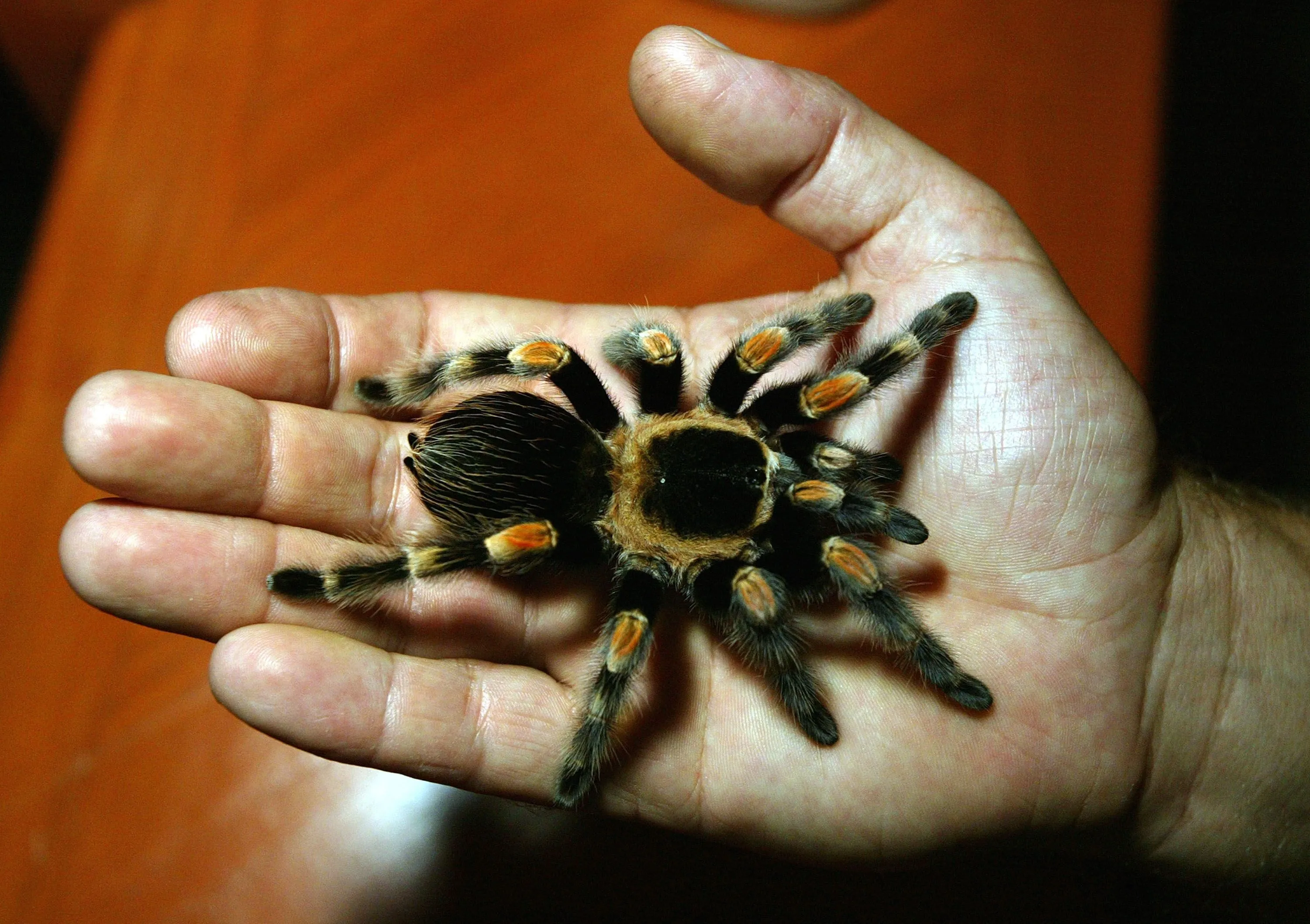
Tarantulas are generally not meant to be handled frequently. Handling can stress the tarantula and increase the risk of bites or falling, which can be fatal. Some tarantulas are more docile than others, but even calm species can bite if they feel threatened. If you must handle your tarantula, do so with extreme caution and only when necessary. Always supervise children and avoid sudden movements. If a tarantula displays defensive behavior, such as raising its front legs, it’s a clear sign to back off and leave it undisturbed.
Understanding Tarantula Behavior
Observing your tarantula’s behavior is key to understanding its needs and well-being. Healthy tarantulas should be active, especially at night, when most species are most active. They should eat readily and be alert to their surroundings. Signs of stress can include erratic movements, hiding constantly, or refusing food. Learn to recognize the subtle cues that indicate your tarantula is happy, healthy, and thriving in its environment. Providing a suitable environment will help minimize stress and ensure the tarantula’s overall health.
Setting Up Your Tarantula Habitat
Creating the right habitat is crucial for your tarantula’s health and happiness. The enclosure should provide a comfortable and secure environment that mimics the tarantula’s natural habitat. Proper setup includes selecting the right enclosure type and size, providing appropriate substrate, and controlling temperature and humidity levels. Think about how your tarantula lives in the wild – whether it’s a terrestrial, burrowing, or arboreal species – and replicate that environment as closely as possible to provide a positive experience.
Enclosure Size and Type
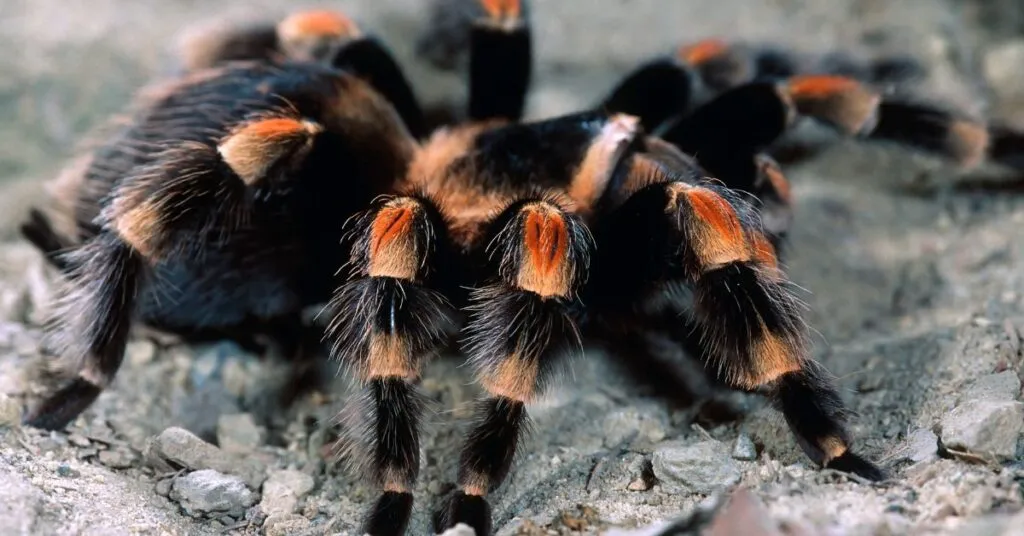
The size of the enclosure depends on the tarantula’s size and species. A general rule is to provide an enclosure that is at least twice the tarantula’s leg span in width and length. For arboreal species, the height of the enclosure is more important, as they need space to climb. Clear, well-ventilated enclosures made of glass or acrylic are ideal for visibility. Ensure the enclosure has a secure lid to prevent escape, and avoid any features that could pose a danger to the tarantula. Remember that a larger enclosure is generally better than a smaller one, as it offers more space for the tarantula to explore and exhibit its natural behaviors.
Substrate and Furnishings
The substrate is the bedding that lines the bottom of the enclosure, providing a comfortable surface for the tarantula to walk on and burrow in. The best substrate will depend on the species, but generally, a mix of peat moss, coconut fiber, and vermiculite is a good choice for terrestrial species. Arboreal species may benefit from a thicker layer of substrate to absorb humidity. Add a few pieces of cork bark, fake plants, or other decorations to provide hiding places and enrichment. Be sure to avoid anything that could be toxic or harmful if ingested. Keep the substrate clean by removing any uneaten food or waste regularly.
Temperature and Humidity Control
Tarantulas thrive in specific temperature and humidity ranges. Research the ideal conditions for your chosen species and use a thermometer and hygrometer to monitor the environment. Most tarantulas prefer temperatures between 75-85°F (24-29°C). Humidity levels vary depending on the species, but generally range from 60-80%. You can increase humidity by misting the enclosure with water, but avoid over-misting, which can lead to mold or bacterial growth. Use a heat lamp or pad to maintain the correct temperature if necessary, but always place it outside the enclosure to prevent burns.
Feeding Your Tarantula
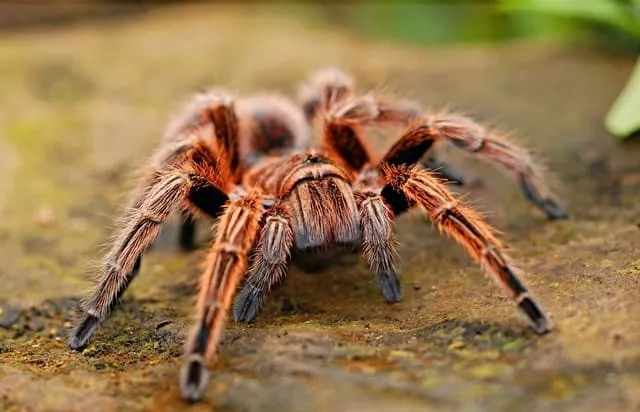
Feeding your tarantula is a straightforward process. Tarantulas are generally opportunistic feeders and will eat a variety of live insects. The frequency and type of food will depend on the tarantula’s size, age, and species. Provide a varied diet and ensure the insects are gut-loaded before feeding. Avoid overfeeding, as it can lead to health problems. Always remove any uneaten food after a day or two to prevent mold or mites. Following the correct feeding guidelines ensures your tarantula receives adequate nutrition for a healthy life.
What Tarantulas Eat
The main food source for tarantulas is live insects. Crickets, mealworms, and roaches are common and readily available. You can also occasionally offer other insects like locusts or waxworms. The size of the food should be appropriate for the size of the tarantula; generally, the prey should be no larger than the tarantula’s abdomen. It’s also important to gut-load the insects before feeding them to your tarantula. Gut-loading means feeding the insects nutritious food for 24-48 hours before offering them to your tarantula. This ensures your tarantula receives essential vitamins and nutrients.
Feeding Frequency
Feeding frequency depends on the tarantula’s age and metabolism. Spiderlings and juveniles may need to be fed two to three times a week, while adult tarantulas can usually be fed once a week or even less often. Observe your tarantula’s behavior and adjust the feeding schedule accordingly. A tarantula that is consistently refusing food might be in premolt (preparing to shed). Never offer food while your tarantula is molting.
Watering and Hydration
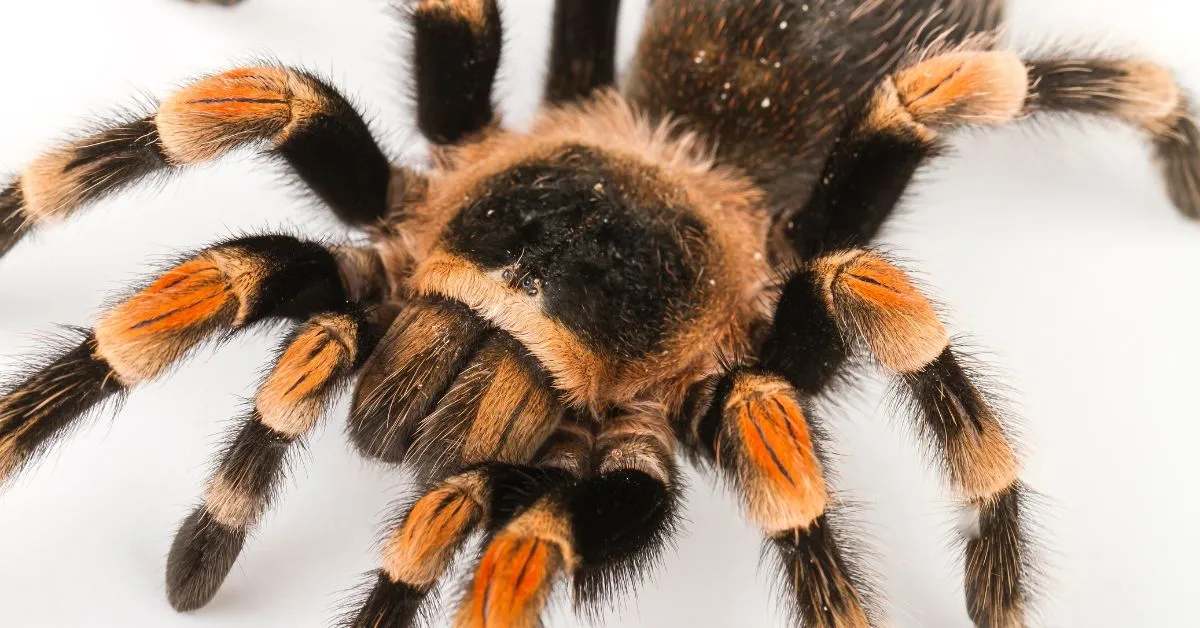
Fresh water is crucial for tarantulas. Provide a shallow water dish with fresh water at all times. The water dish should be small enough to prevent the tarantula from drowning, especially for spiderlings. For some species, you may also need to mist the enclosure to maintain humidity, particularly during molting. Always use dechlorinated water to avoid harming your tarantula. Water is vital for their survival, so make sure your pet has a continuous supply of it.
Tarantula Health and Maintenance
Maintaining a healthy environment is essential for the well-being of your tarantula. Regular cleaning, proper temperature and humidity levels, and a balanced diet are all critical components of good care. Learn to recognize the signs of common health problems and take appropriate action. Preventive measures such as quarantine for new tarantulas and using clean equipment can help to minimize the risk of illness. A healthy tarantula is a happy tarantula, and proper maintenance is the key to long-term success.
Recognizing and Preventing Common Issues
Common tarantula health issues include dehydration, mites, fungal infections, and injuries from falls or bites. Dehydration can be prevented by providing a constant supply of fresh water and maintaining proper humidity levels. Mites can be controlled by quarantining new tarantulas and thoroughly cleaning the enclosure. Fungal infections can arise from over-misting or poor ventilation; ensure proper air circulation. Monitor your tarantula for signs of illness, such as lethargy, loss of appetite, or unusual behavior. If you suspect your tarantula is ill, consult with a veterinarian who specializes in exotic pets.
Shedding and Molting
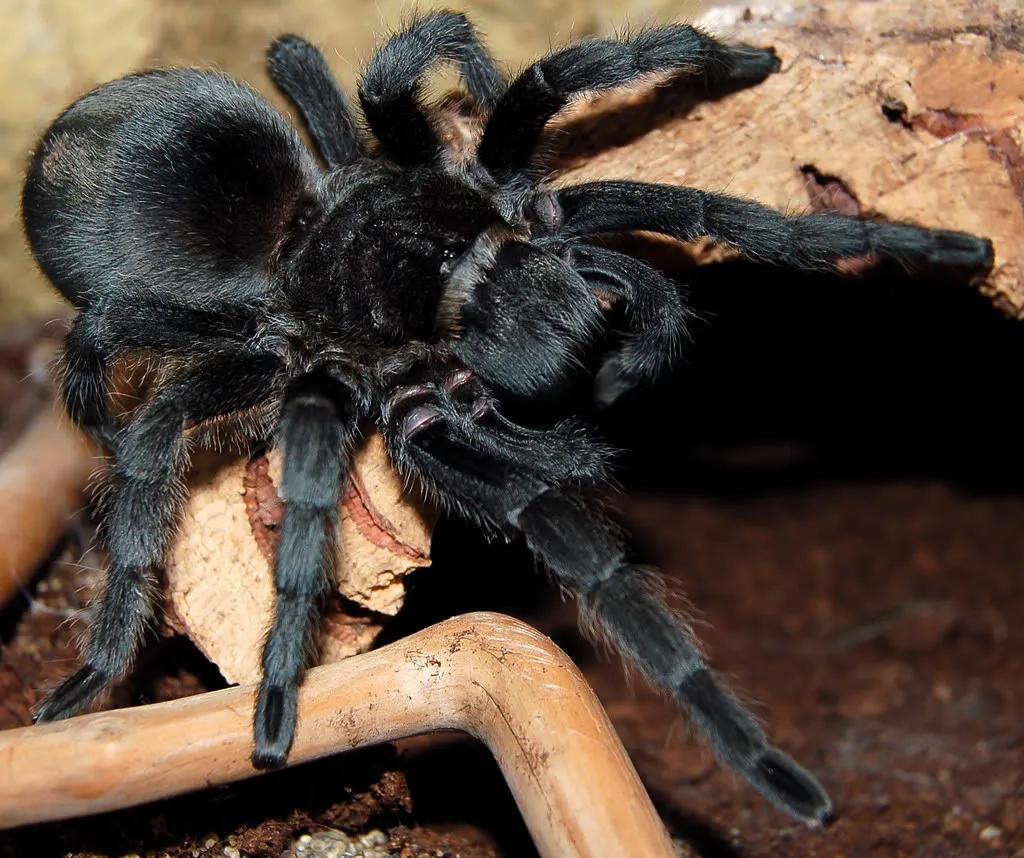
Molting is a natural process where the tarantula sheds its exoskeleton to grow. Before molting, the tarantula may become less active, refuse food, and develop a dull appearance. Create a safe environment during molting by ensuring that the enclosure is free from disturbances. Provide a moist hide where the tarantula can comfortably molt. Never handle or disturb a tarantula while it is molting, as it is very vulnerable. Once the molt is complete, wait a few days for the tarantula’s new exoskeleton to harden before feeding. Molting frequency varies depending on the tarantula’s age, with juveniles molting more frequently than adults.
Handling and Safety Precautions
While tarantulas are not aggressive, they can bite if they feel threatened. Bites are generally not life-threatening to humans, but they can be painful. Some tarantulas also have urticating hairs that they can flick off their abdomen as a defense mechanism, which can cause skin irritation. Always handle tarantulas with extreme caution and avoid handling them unnecessarily. Always wash your hands thoroughly before and after handling anything related to your tarantula, including cleaning the enclosure or feeding them. Keep your tarantula in a secure enclosure and supervise children around the tarantula.
Conclusion
Caring for a tarantula can be a rewarding experience, offering a unique opportunity to observe and learn about these fascinating creatures. By following these beginner’s guidelines, you’ll be well-equipped to provide a safe, enriching environment for your tarantula and enjoy many years of companionship. Remember to research the specific needs of your chosen species and to consistently monitor and maintain the environment to ensure your tarantula’s health and happiness. Enjoy the fascinating world of tarantula keeping!
